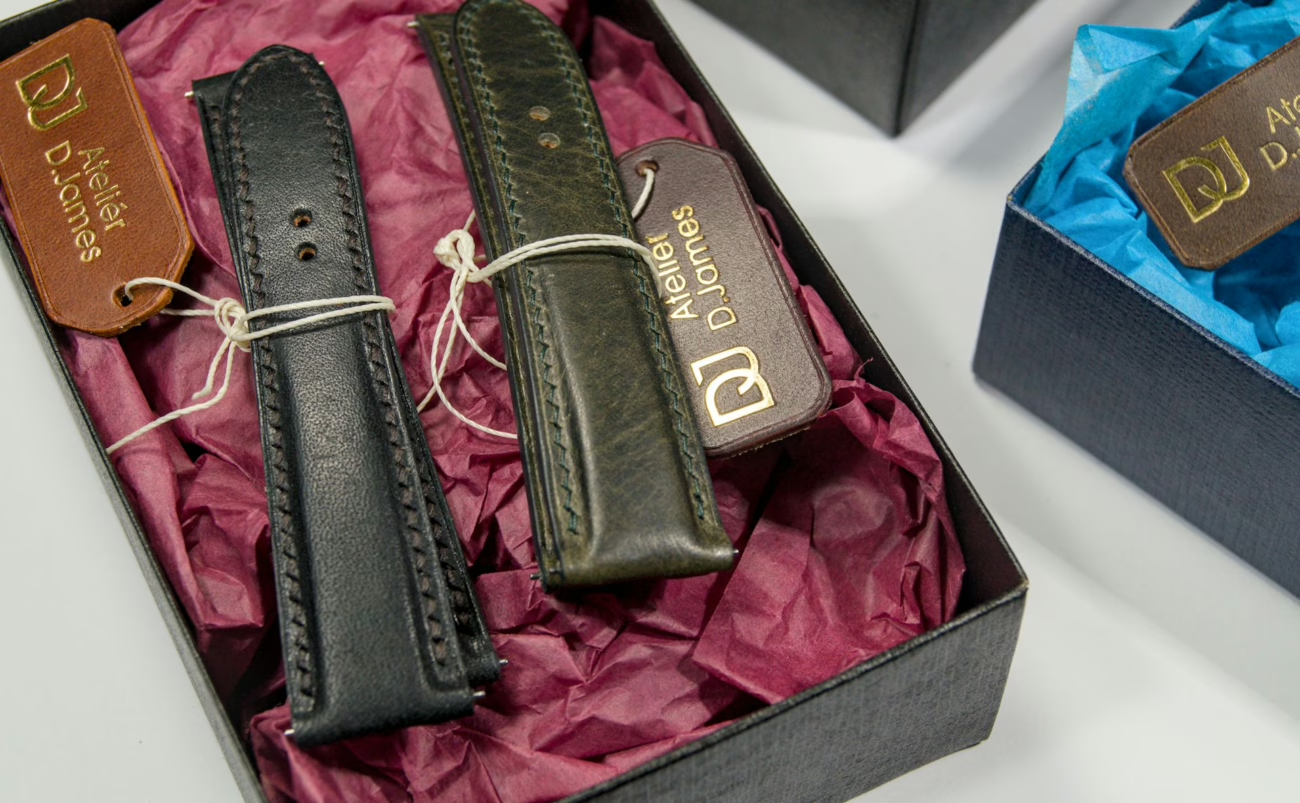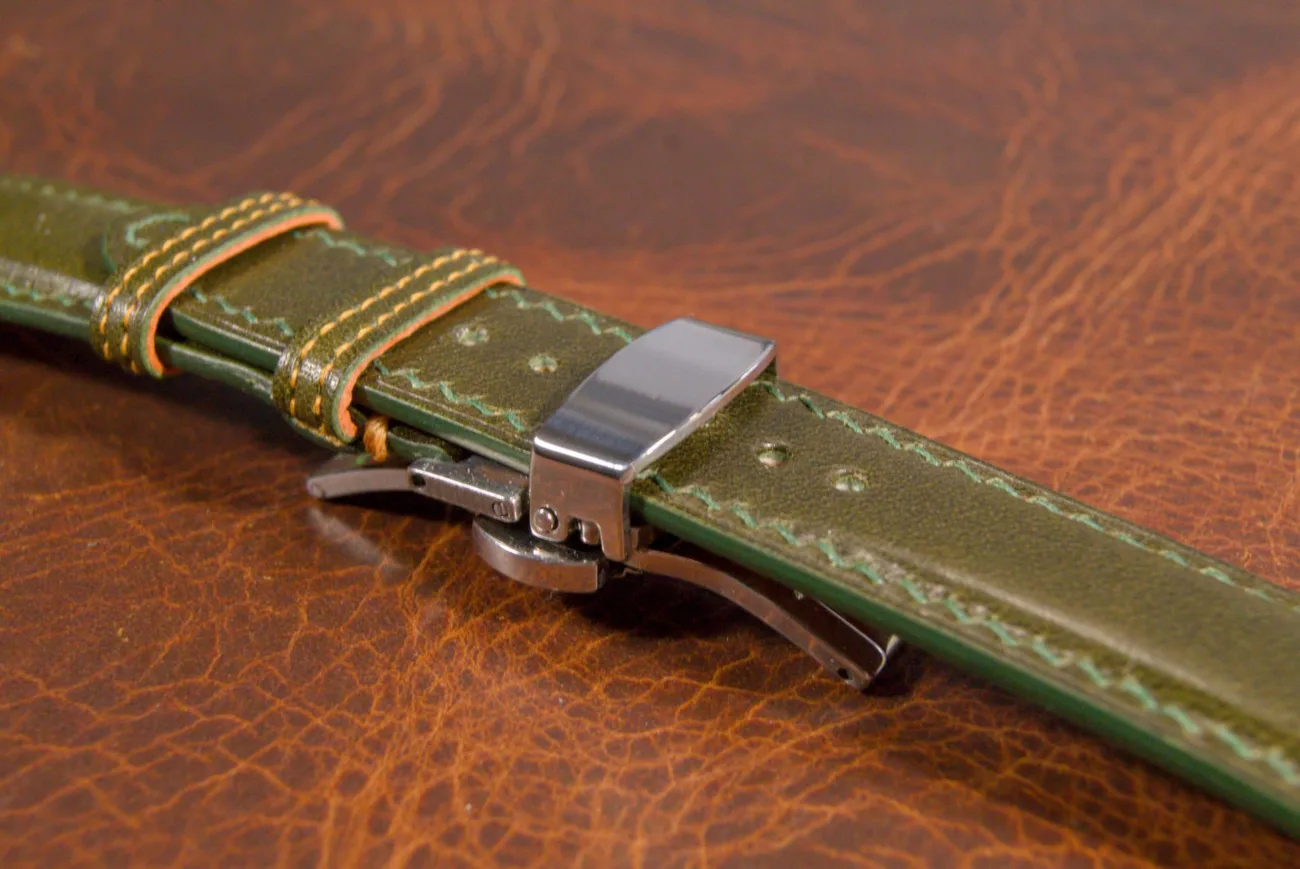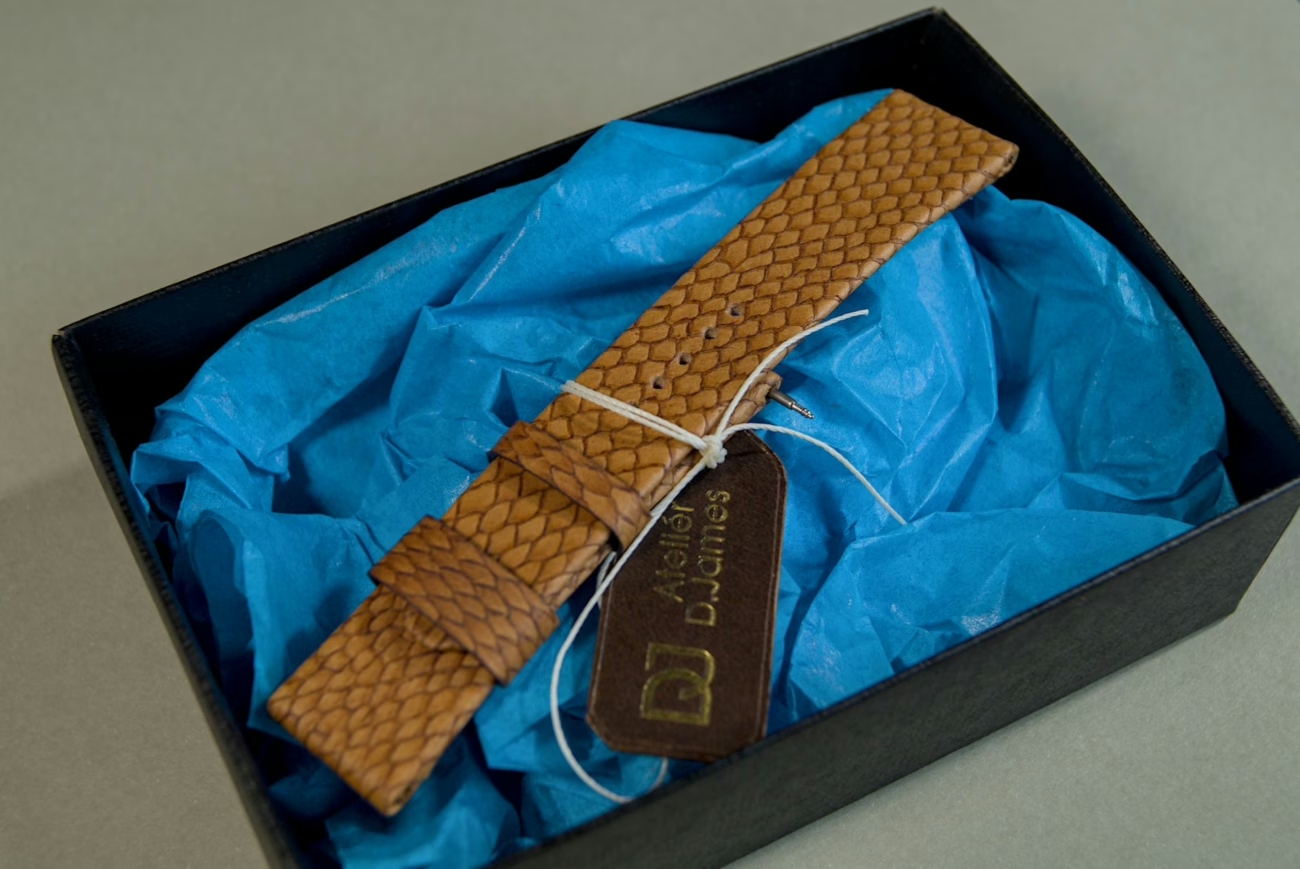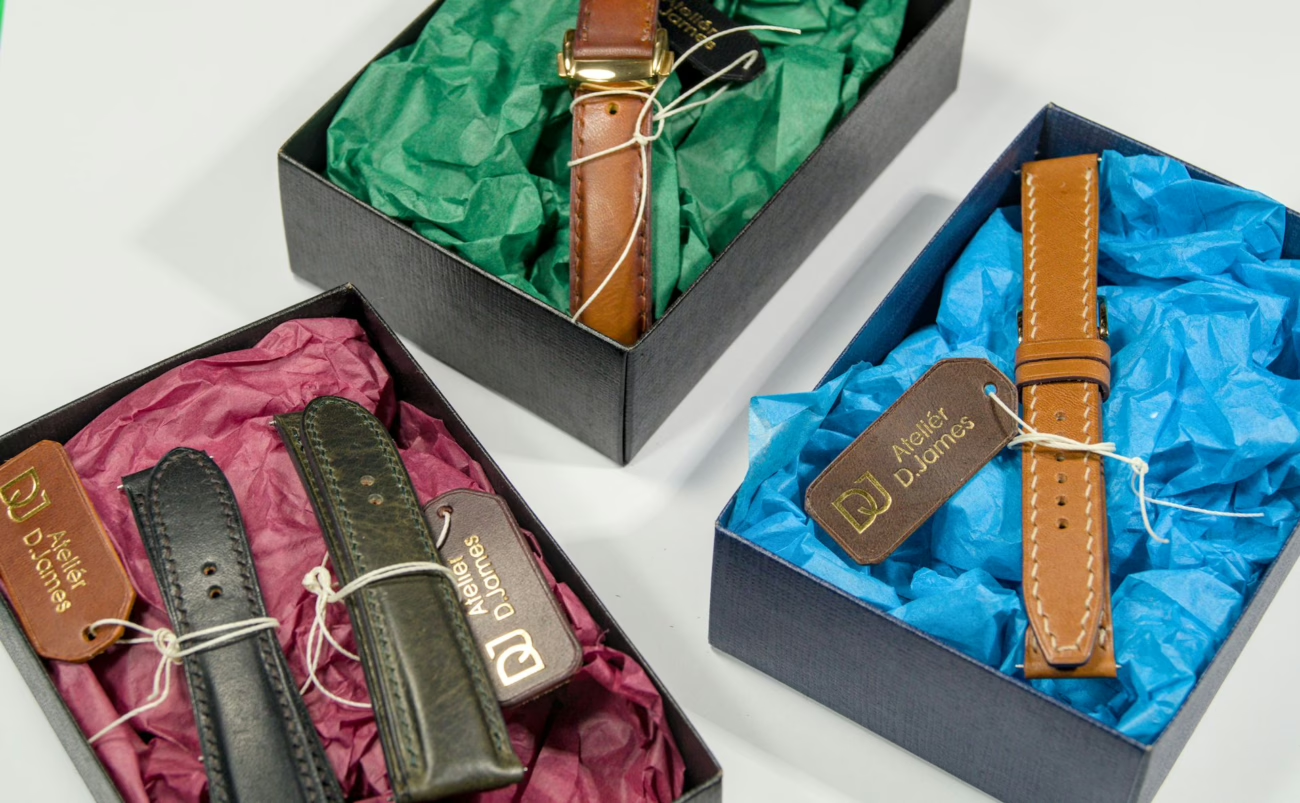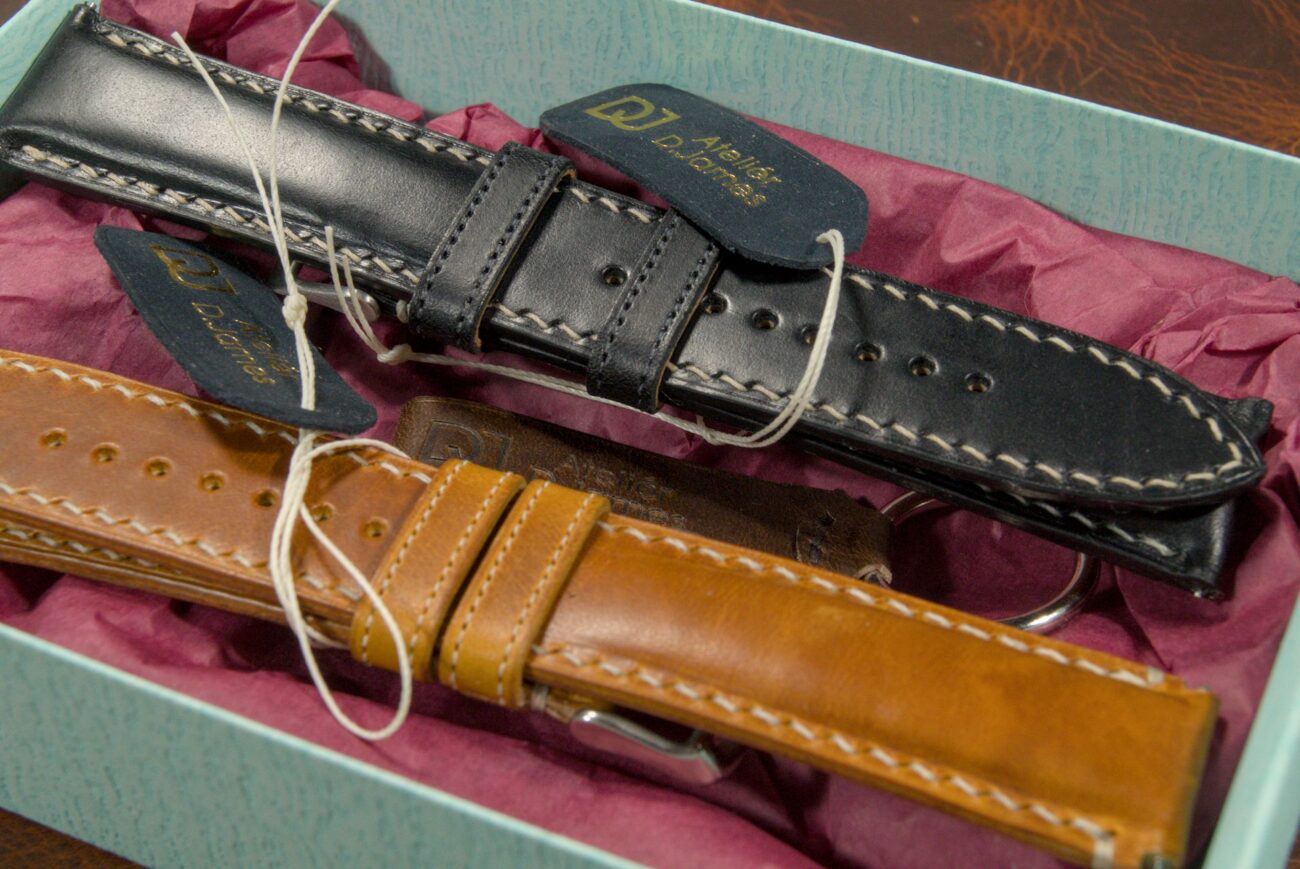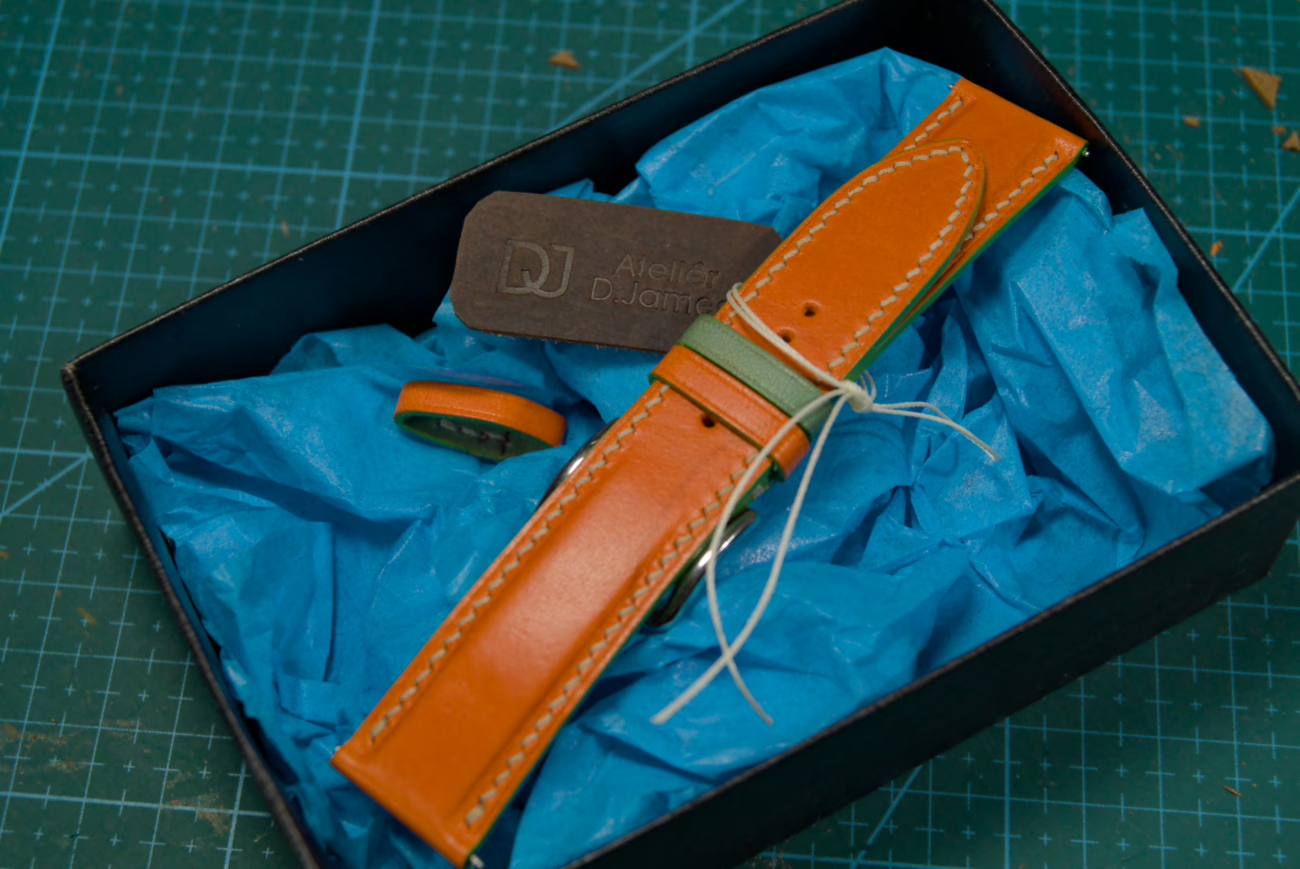To ensure the highest quality of my work, I source my leather from reputable Tuscan tanneries, such as Conceria Walpier and Badalassi Carlo, both members of The Genuine Italian Vegetable-Tanned Leather Consortium. I also use leather from the Horween Leather Company, one of the oldest tanneries continuously running in the United States.
My workshop is in the heart of Europe, just a few steps away from Prague’s Old Town Square, and I ship internationally with excellent postage rates. If you have any questions, feel free to get in touch. I’m always happy to help. Thanks for stopping by!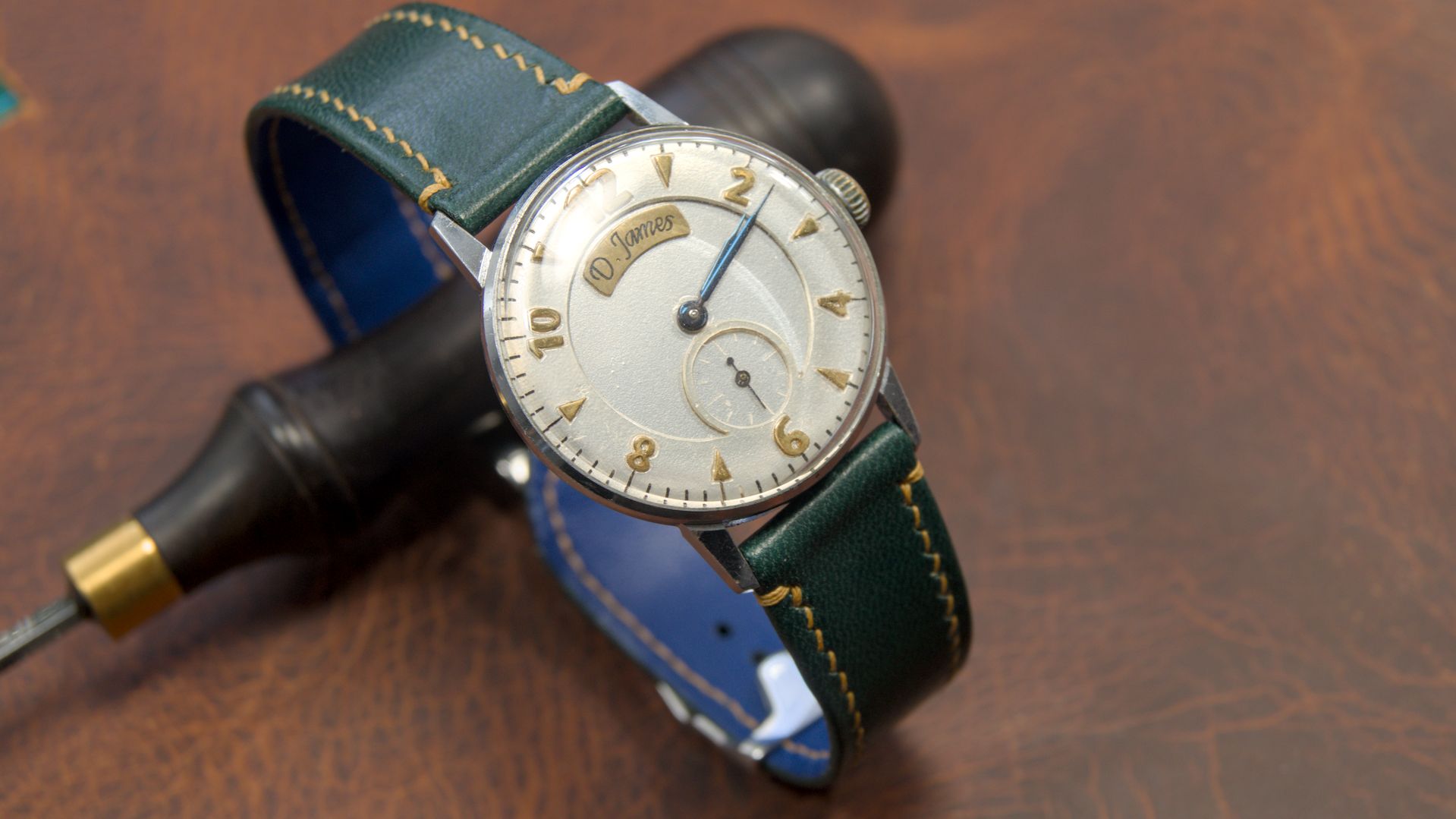
Notes from the Workshop
Where my wife shares articles on leather, craftsmanship, and the fascinating history that often weaves its way into my work. She’s the historian in the family, and through her writing, we hope to give you a deeper look at the traditions, materials, and stories behind what we do.
-
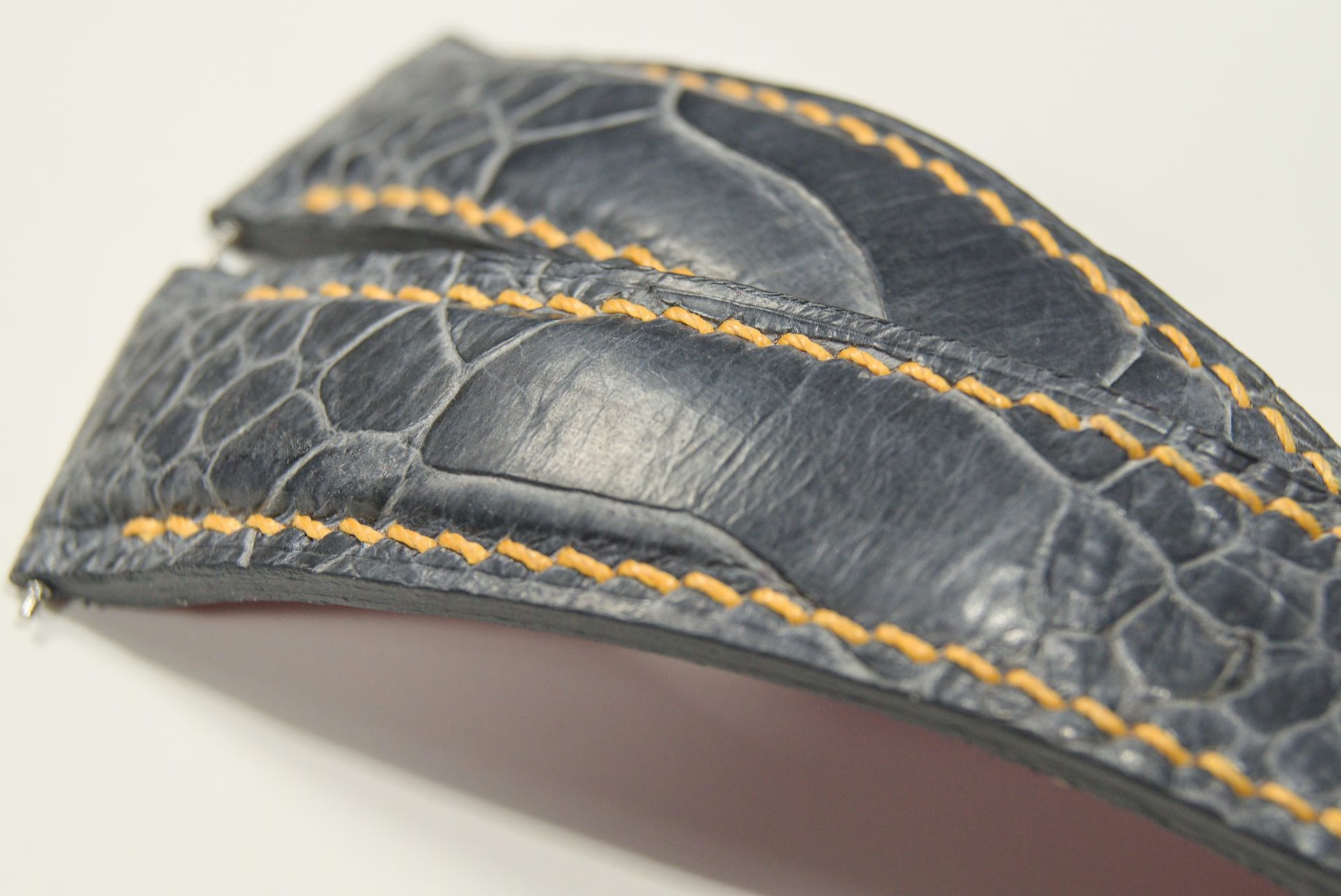
An Icon of Elegance: Introducing Ostrich Straps
Ostrich leather is a relatively new type of leather with the first tannery opening in 1970 in Klein Karoo. Before this, little was known about tanning ostrich skin. It quickly gained popularity with fashion houses in Europe and the United States who made luxury boots, belts, and bags from ostrich crown, a very smooth material…
-
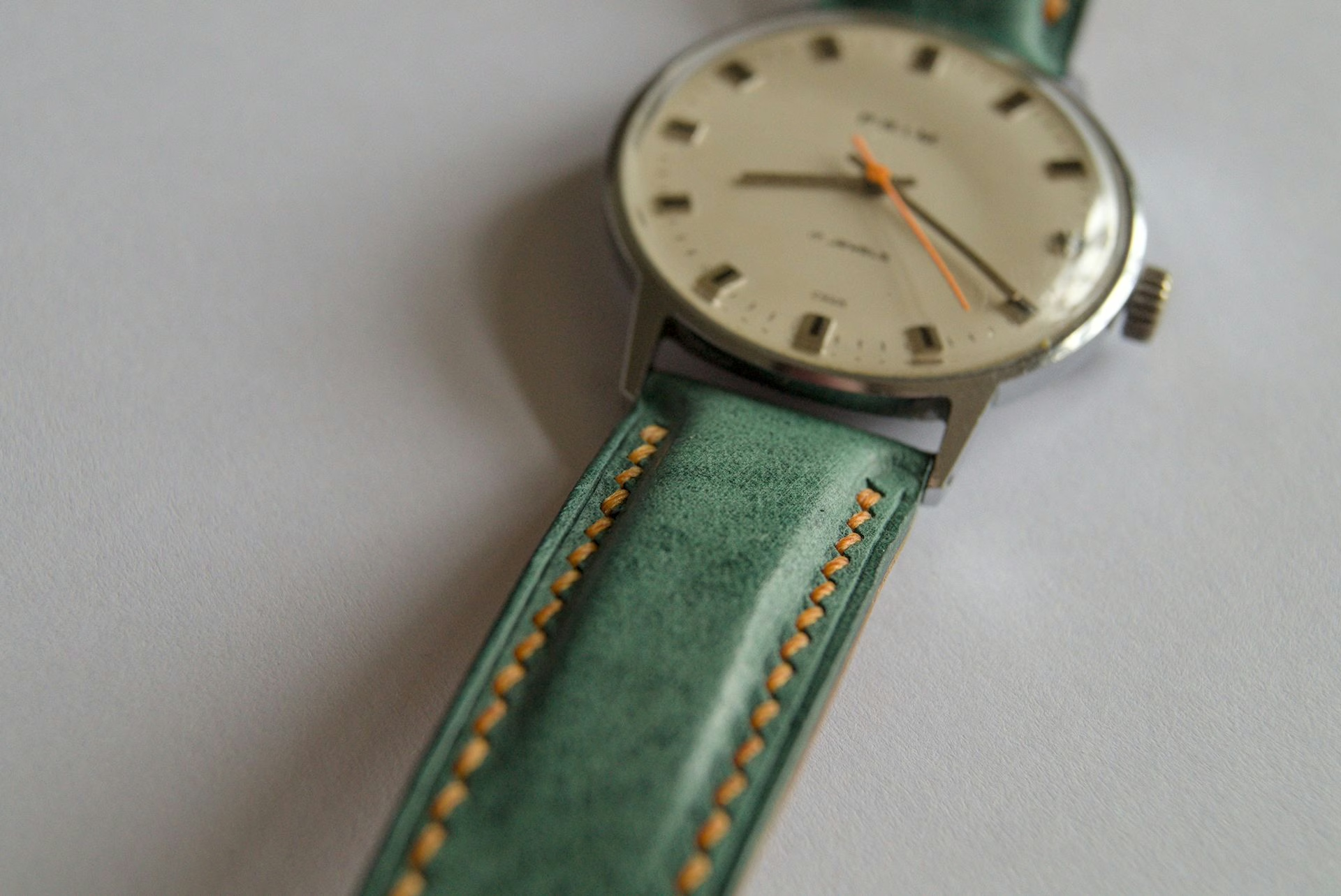
Yes, Finally! A New Watch Strap for Mrs Saving-Time
You’d think living with a leather craftsman would make you spoilt for choice in the watch strap department. Well, think again. With orders rolling in from all corners of the world, I’m always demoted to the bottom of the list. I’ve been wearing my vintage Longines from the 1960s on a cognac Badalassi Carlo Wax…
-
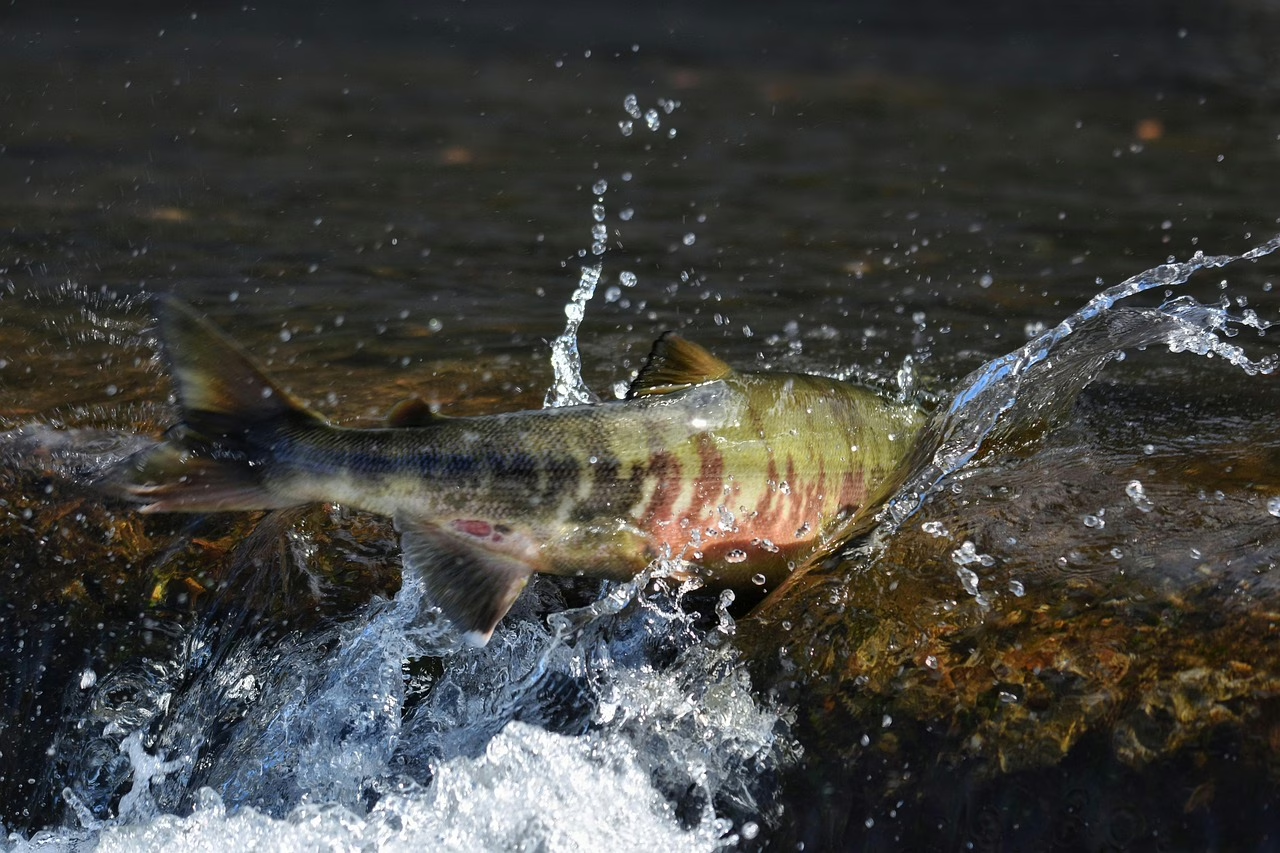
Ancient Craft, Modern Luxury: The Aquatic Leather Renaissance
When someone mentions salmon, your thoughts probably spring to dinner rather than luxury leather goods. Yet, crafting leather from fish skin is undergoing a modern revival and it emerges as a sustainable material with the future ahead of it. Not only is it eco-chique – it’s also water-resistant and highly durable due to the criss-cross pattern…
-
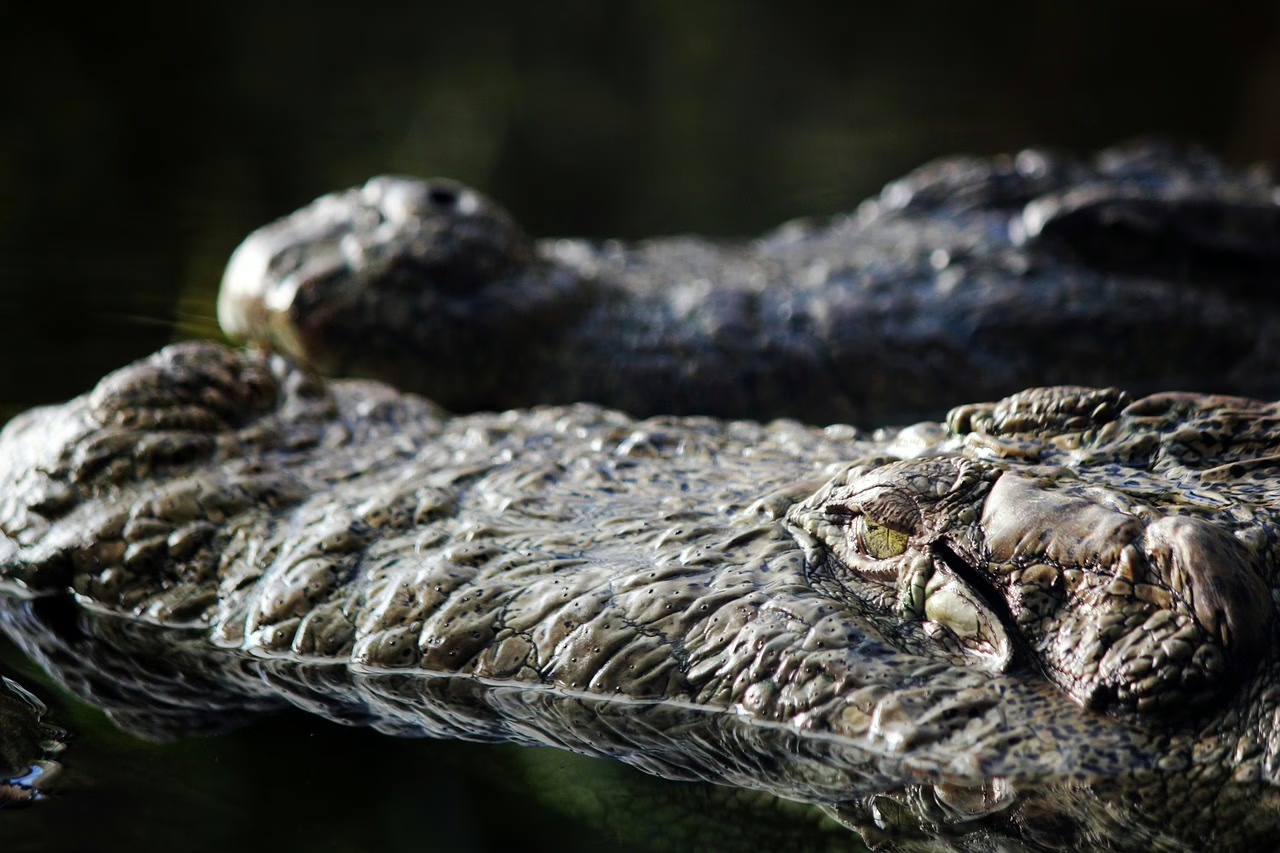
Sustainability in Every Stitch: How Certified Alligator Leather Supports Conservation
There are two types of alligator species still in existence, the American alligator (A. mississippiensis) and the Chinese alligator (A. sinensis). They’ve been roaming the planet since ancient times, first appearing as long as 37 million years ago. The term “alligator” is most likely an anglicized form of el lagarto, Spanish for “the lizard”, which…
-
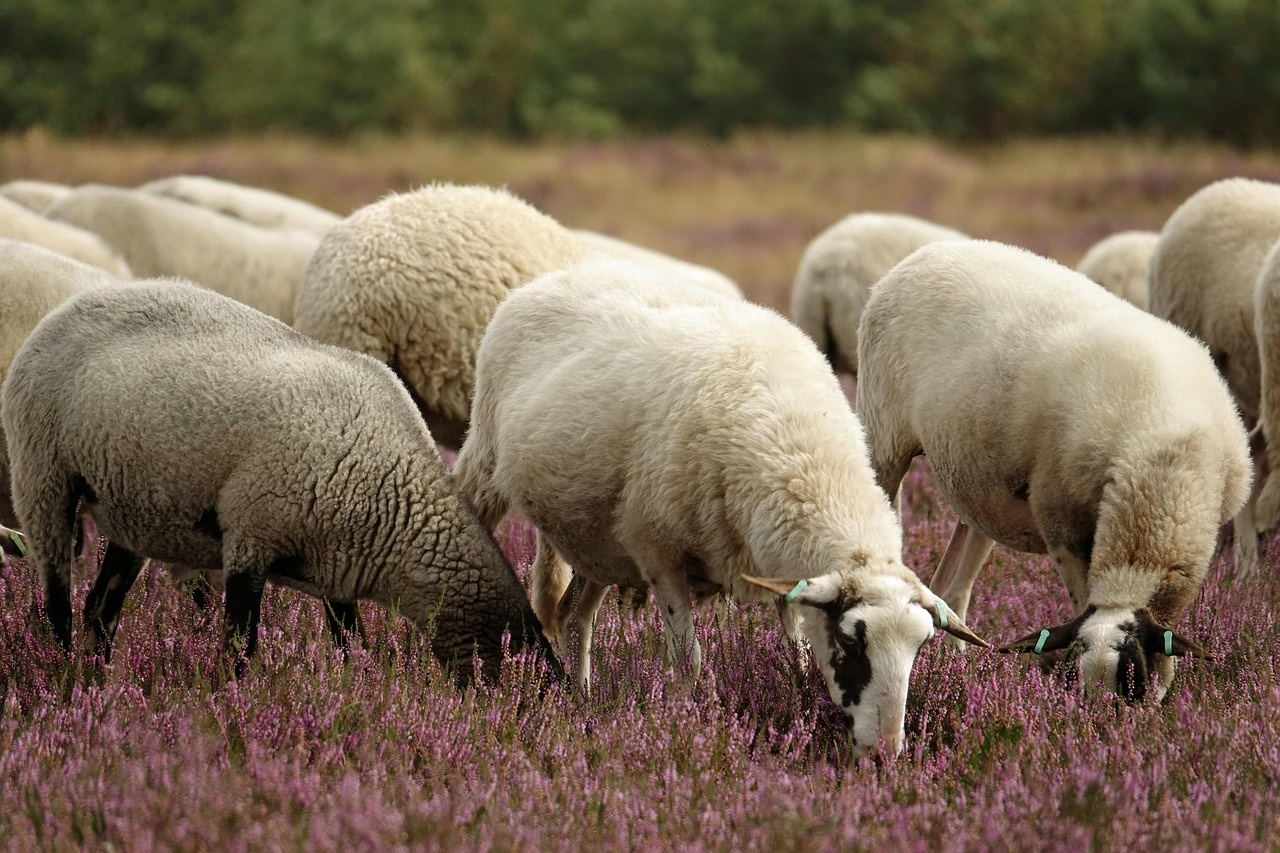
Napa Leather: A Californian Innovation from the 1800s
Napa leather, sometimes also spelled nappa, is derived from calves, lambs, and young goats. As these animals have incredibly soft hides, the leather they produce have a soft feel which makes napa excellent as lining leathers for watch straps. Unlike Zermatt calf, another favourite here at Ateliér D. James, napa comes in a wide range…
-
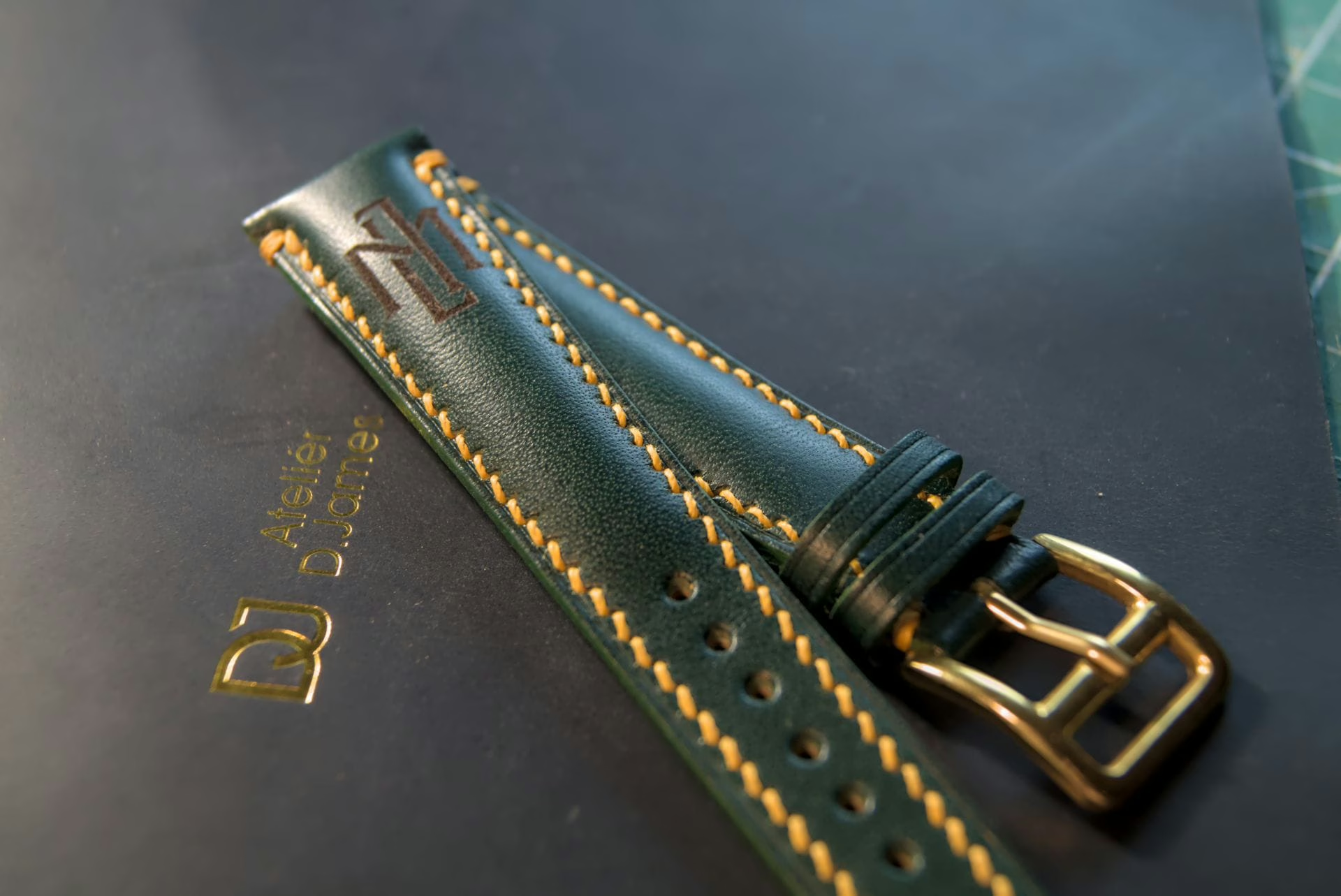
Conceria Walpier Buttero: A Timeless Classic
In the village of Ponte a Egola, which sits in the heart of the Tuscan leather district, Conceria Walpier have been producing some of the world’s finest leathers since the tannery was founded fifty years ago. It is one of the 18 tanneries that make up the Genuine Italian Vegetable Tanned Leather Consortium. They all…
